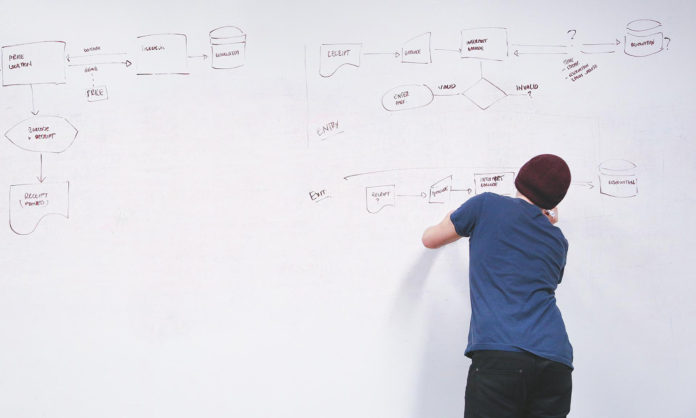
In a new post, Janice Hardy explains the concept of scene sequels and how they hold your narrative together.
But what’s the difference? “Plot is about the old GMC (goal, motivation, conflict), and is designed to move the story forward through this series of actions—that’s a scene,” Hardy explains. “The sequel is the time and reflection after a scene has occurred. It’s the moment when your character reacts to what’s just happened, and makes the decision that does move the story to the next scene.”
Sequels also don’t have to be very long. In fact, some scene sequels are only a paragraph, or even a line or two of narrative. “Sequels are important in directing your story, because this is where the protagonist does the decision making,” Hardy writes. “It shows how the protagonist came to make their decision, and usually shows the conflict they’ll have to face, and the stakes or consequences if they fail.” A good rule of thumb is to consider whether a scene contains a major turning point. Simpler scenes usually work with a short sequel, while your protagonist may need longer to reflect on a major plot turn.











